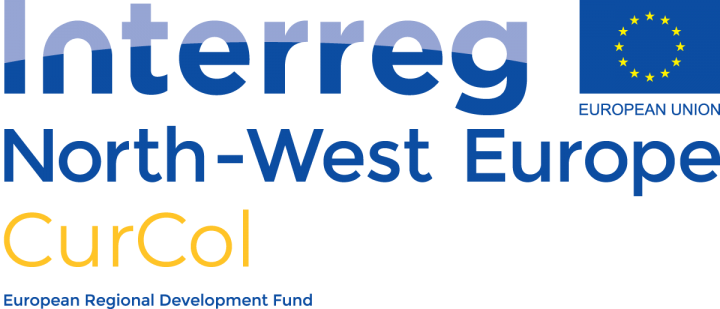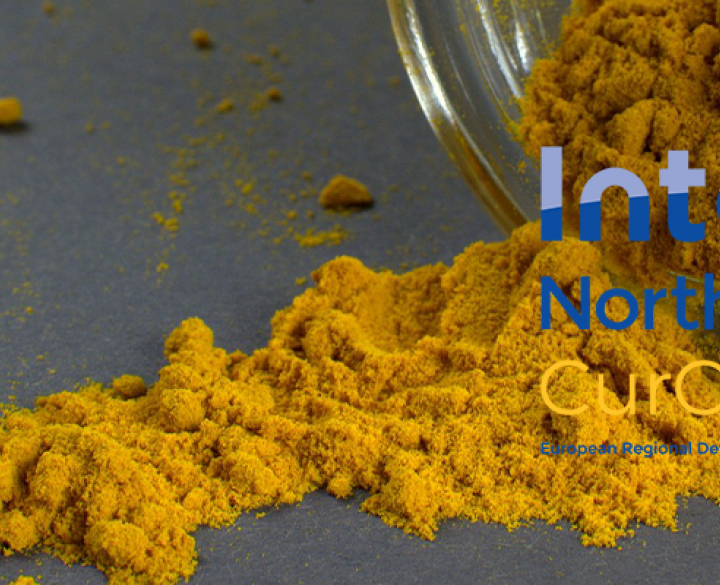
Context
The Interreg NWE project CurCol aims to demonstrate economic potential for the production chains from regionally produced plants to colorants in packaging. The project assesses three pilots for colorant production and application in plastic and paper packaging, by defining barriers, business cases and action plans.
The focus of CurCol is on the yellow natural colorant Curcumine.
Europe produces approximately 87 million tons of packaging waste per year. (Industrial) composting is often used for bio-based packaging materials, such as PLA. Non-biodegradable synthetic colorants are released during composting. Many contain toxic components that accumulate in the environment. When recycling paper, these colorants also end up in wastewater. We can prevent this by using natural colours.
Project partners from Belgium, Germany, Ireland, and the Netherlands join the CurCol project to reach this.
Transition to curcumine-based colors
The few available biodegradable colourants do not meet the quality criteria, so that the packaging industry cannot use them now as an alternative to fossil-based substances. Curcumine, a yellow natural colorant, is already used in food and pharmaceuticals. Wide application is hampered, mainly due to poor UV stability. Recent research shows that it is possible to improve UV stability and generate other colours like red and blue. CurCol continues this research.
Objectives
Our aim is to develop and demonstrate the first locally produced bio-based sustainable colorants from curcumine, that meet paper and plastic packaging requirements.
- valorisation of bio-based dyes in biodegradable packaging
- introduction of a valuable crop in the greenhouse industry
- identification of new supply chains,
- signaling growth in jobs and economic activity
On the long term, new knowledge and transnational partnerships will support the transition to a circular and bio-based economy.
CurCol focuses on packaging, but applications in, for example, textiles and cosmetics are also possible.
Protocol for use
Partners
- Avans University of Applies Sciences
- PCG Vegetable research centre
- Centexbel
- Rubia 100% natural colours
- Athlone Institute of Technology
- Aachen Institute for Biobased Materials
- DeltaQ
- University of Münster
- Rodenburg Biopolymers
Project Funding
Total project budget: € 2,6 million
ERDF funding: € 1,6 million




